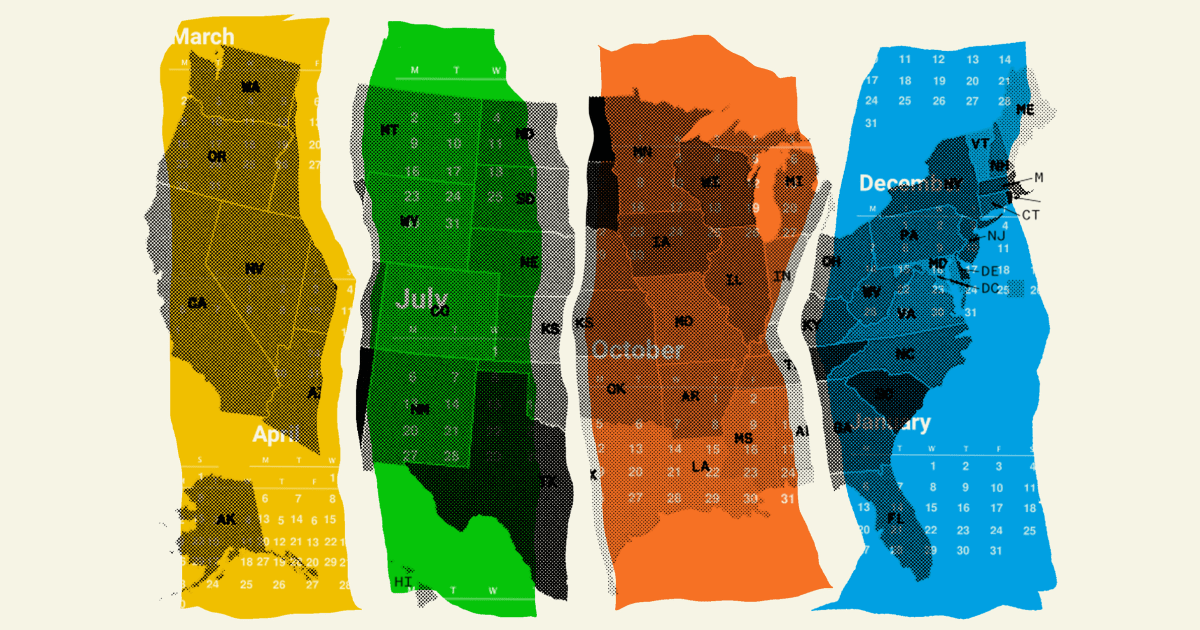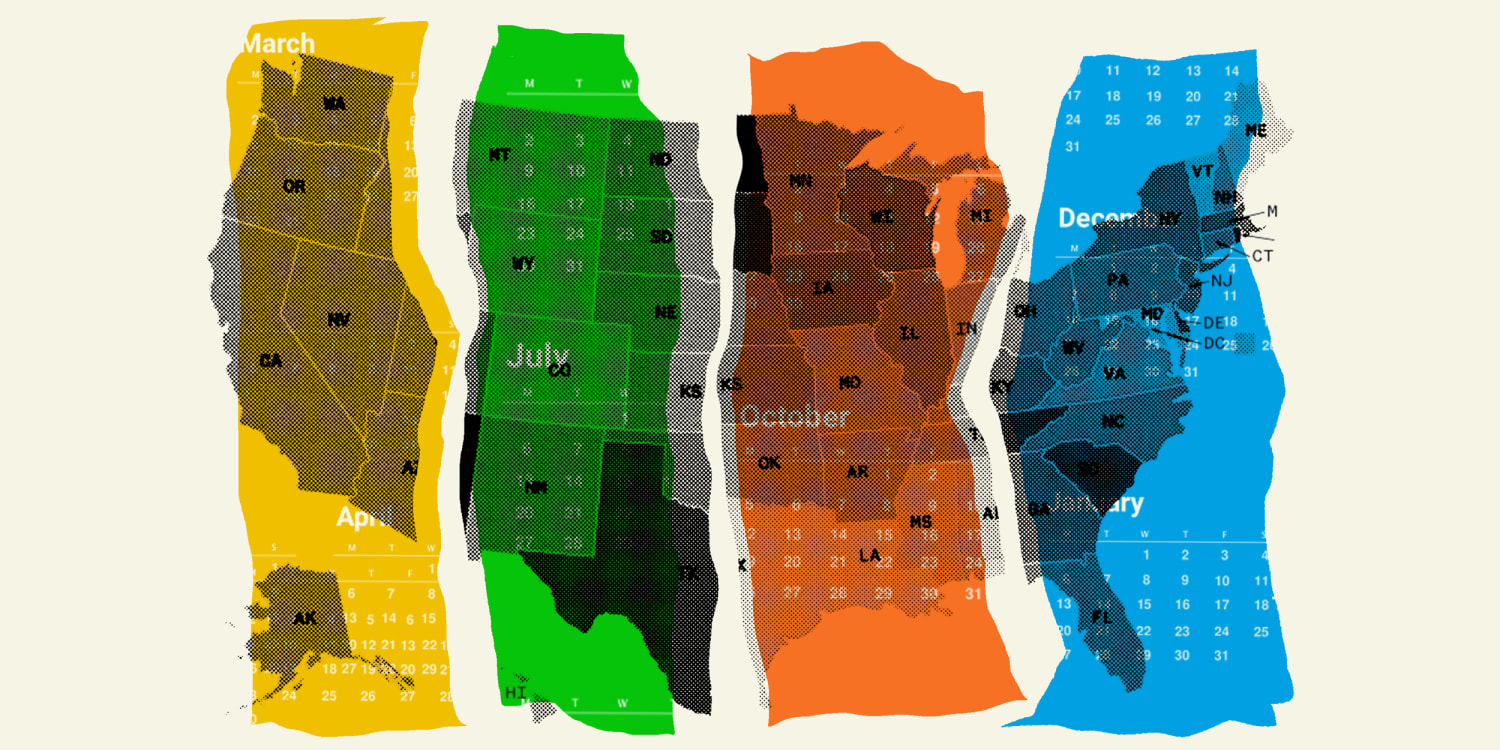
While the first confirmed case of Covid-19 in the United States was recorded in January 2020 in Washington state, it was the Northeast that bore the brunt of the disease that spring. New York, New Jersey, Connecticut, Massachusetts and Rhode Island recorded the highest per-capita cases and deaths, among all states in that time, between March and May 2020.
“It was hell,” said Dr. Brian Strom, chancellor of Rutgers biomedical and health sciences in New Jersey, who said that health care facilities in the region were overwhelmed, dealing with shortages of tests, personal protective equipment for staff, ventilators and beds for patients, and even space for the dead.
“It got so bad that we asked for parking lot space for body bags,” he said.
Dr. Anthony Fauci, the director of the National Institute of Allergy and Infectious Diseases who would be thrust into the spotlight, said the coronavirus could kill 100,000 to 200,000 people in the U.S. while infecting “millions” of others.
By March 2020, cases popped up in more than a dozen states and countries across the world, and the World Health Organization declared the outbreak a pandemic. While the Trump White House sought to downplay the severity of the outbreak, many state officials had enacted drastic measures to curb the spread of the virus.
California issued the first stay-at-home order March 19, and within a week, 21 more states issued similar orders.
Dr. Brad Spellberg, the chief medical officer at the Los Angeles County-University of Southern California Medical Center, said that he believes the stay-at-home order helped stave off a spring outbreak in the state.
“That kept us from becoming what happened to New York in the spring. I think if we had waited one or two more weeks, we would have ended up completely overwhelmed like New York was,” he said.
The stay-at-home orders, which shuttered bars, restaurants, schools, and every business other than those deemed “essential” by states, sent unemployment skyrocketing. Just under 300,000 people filed for unemployment benefits the week before California’s stay-at-home order. The week of the order, that number jumped to more than 3 million.
In Louisiana, cases exploded following Mardi Gras celebrations. Those cases would portend what was to come as spring break gatherings spread the virus deeper into the country.
As some states attempted reopening measures, officials ran into obstacles that would repeat in the months to come: Lockdown fatigue would spur many to disregard protective measures and gather in large groups.
“If you look at the data, as soon as the county locked down in March of last year, cases began to slow. And they really did slow throughout April and into May,” Spellberg said. “And then, in June, things started to pick up, presumably because people got lockdown fatigue.”
June-August 2020: The map shifts
Source: | This article originally belongs to Nbcnews.com









